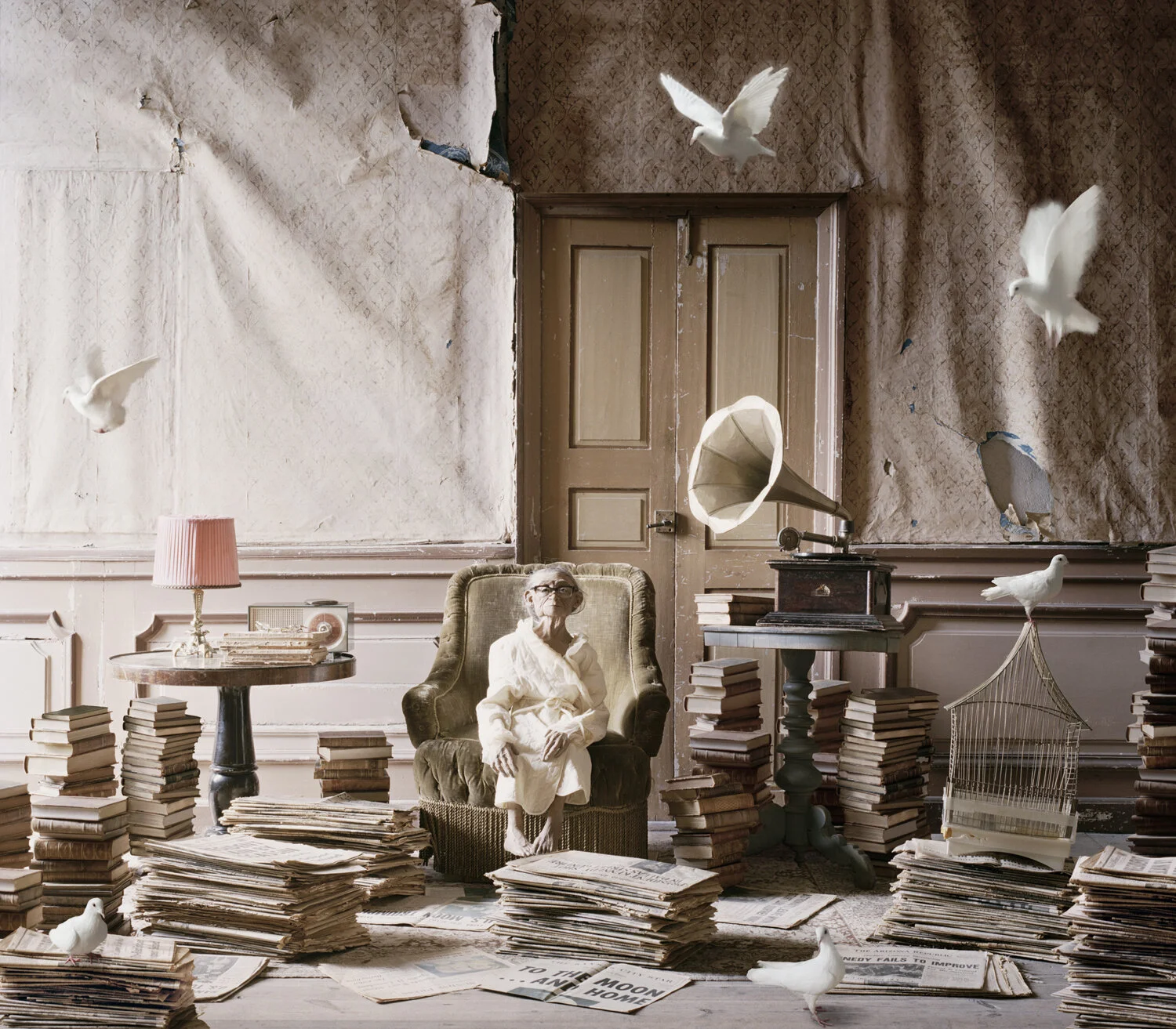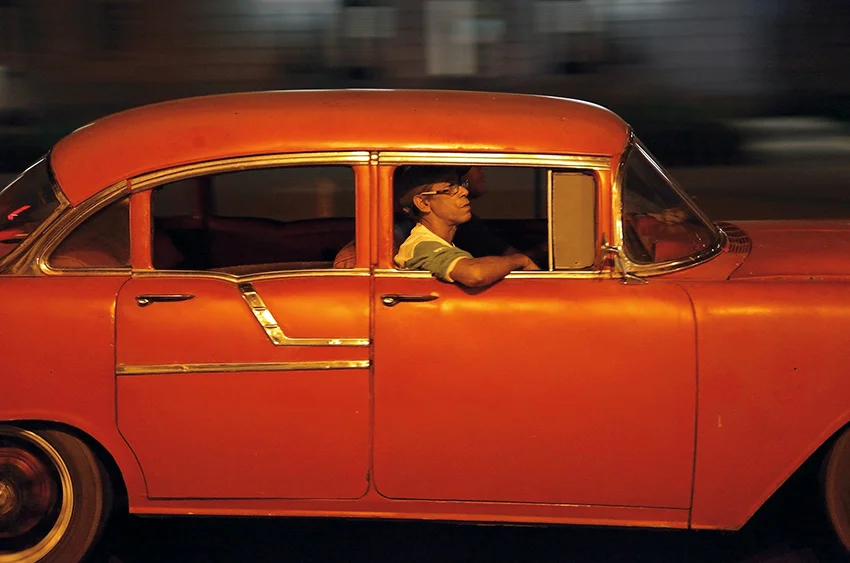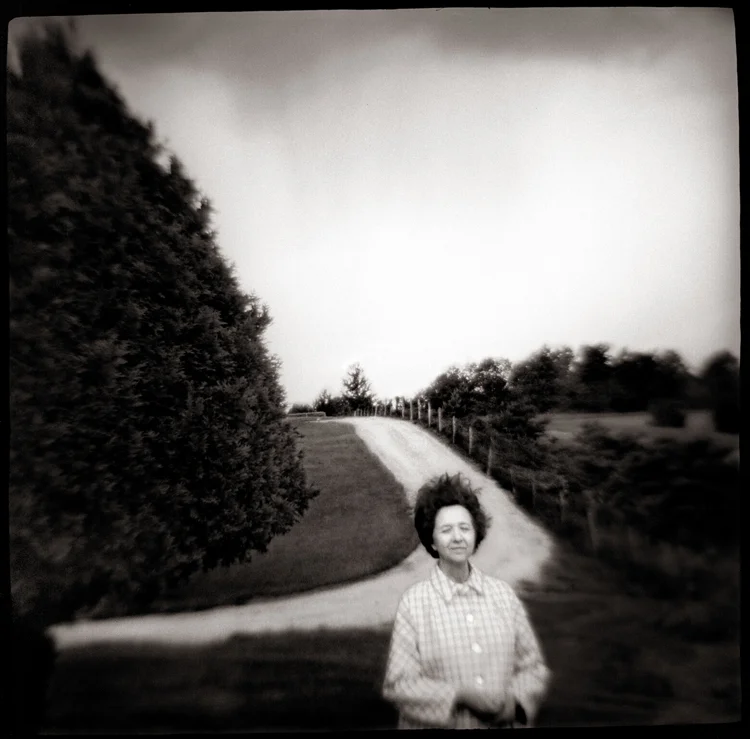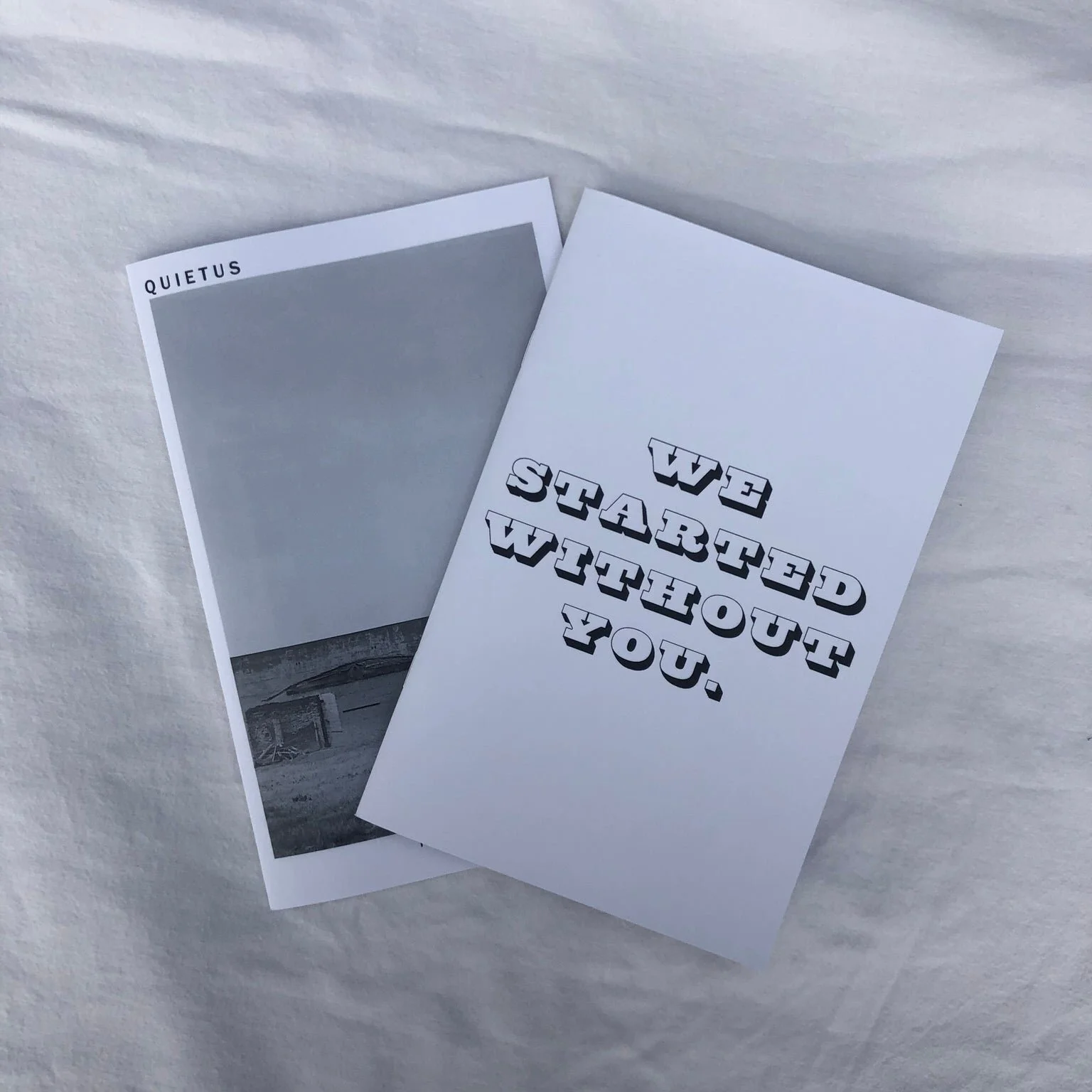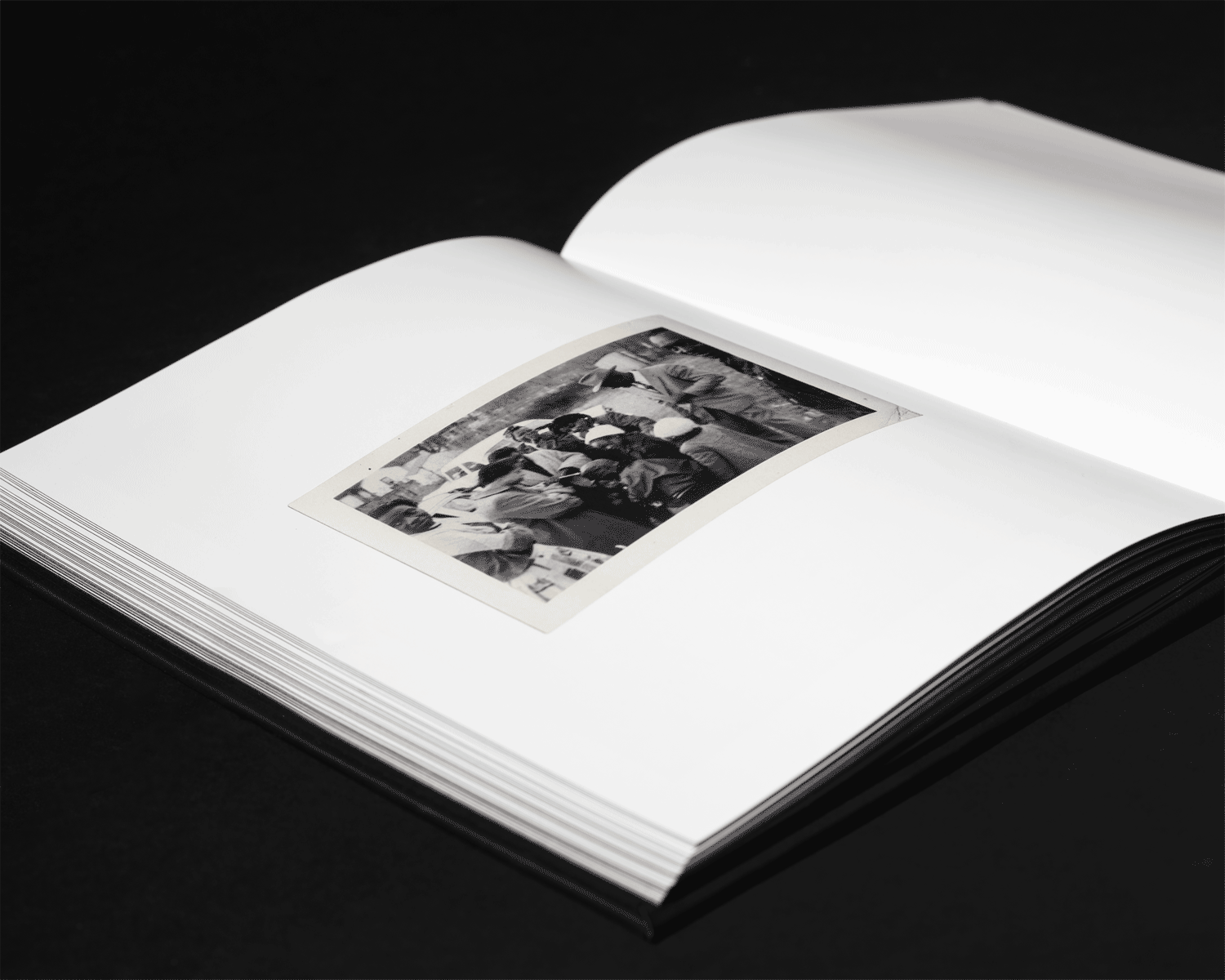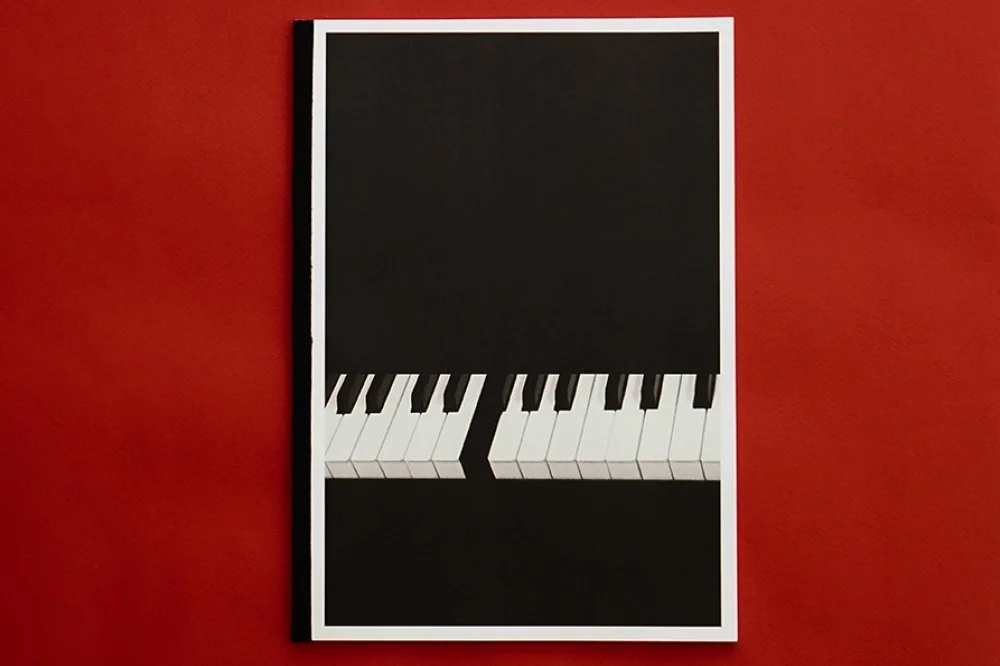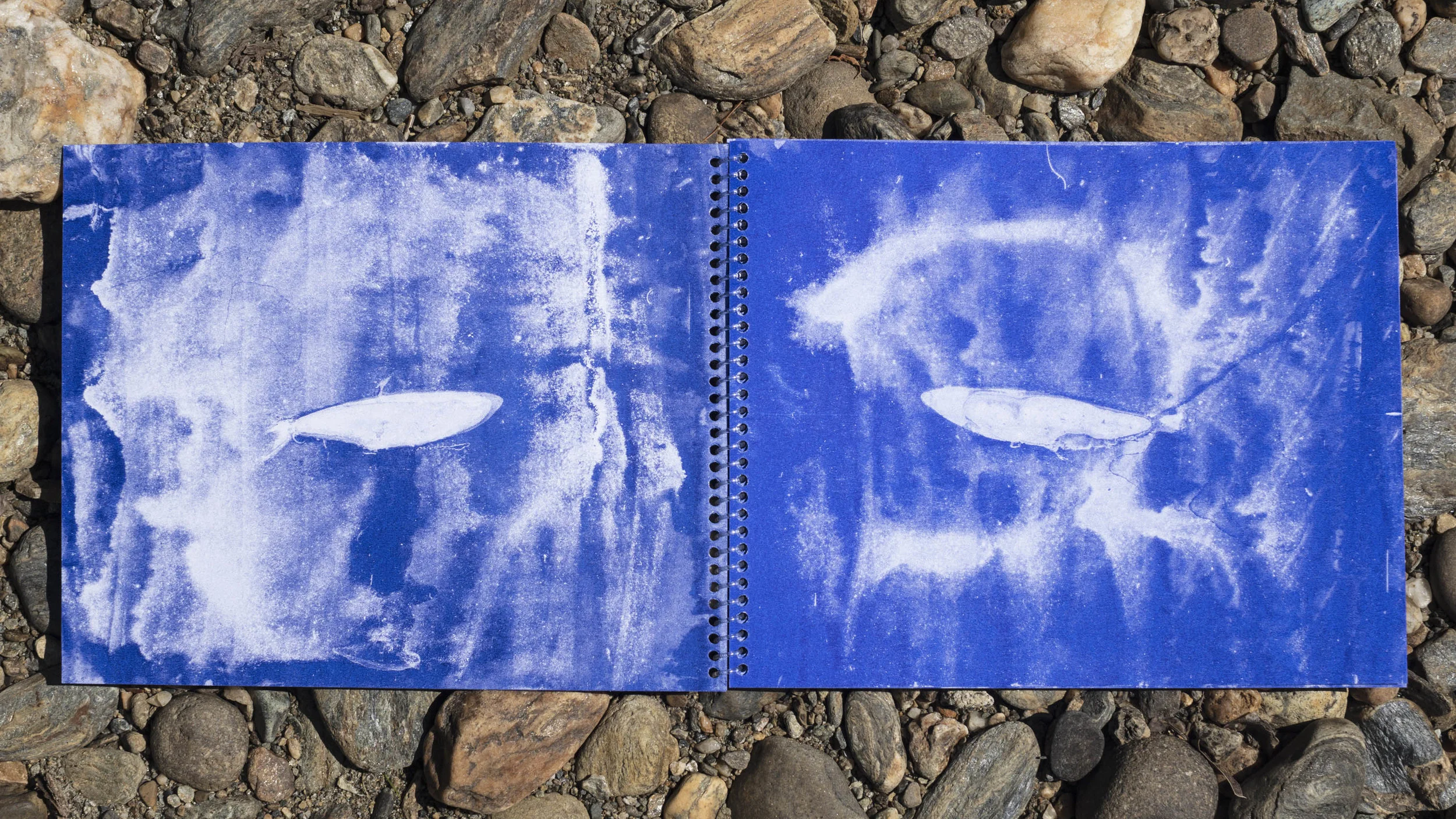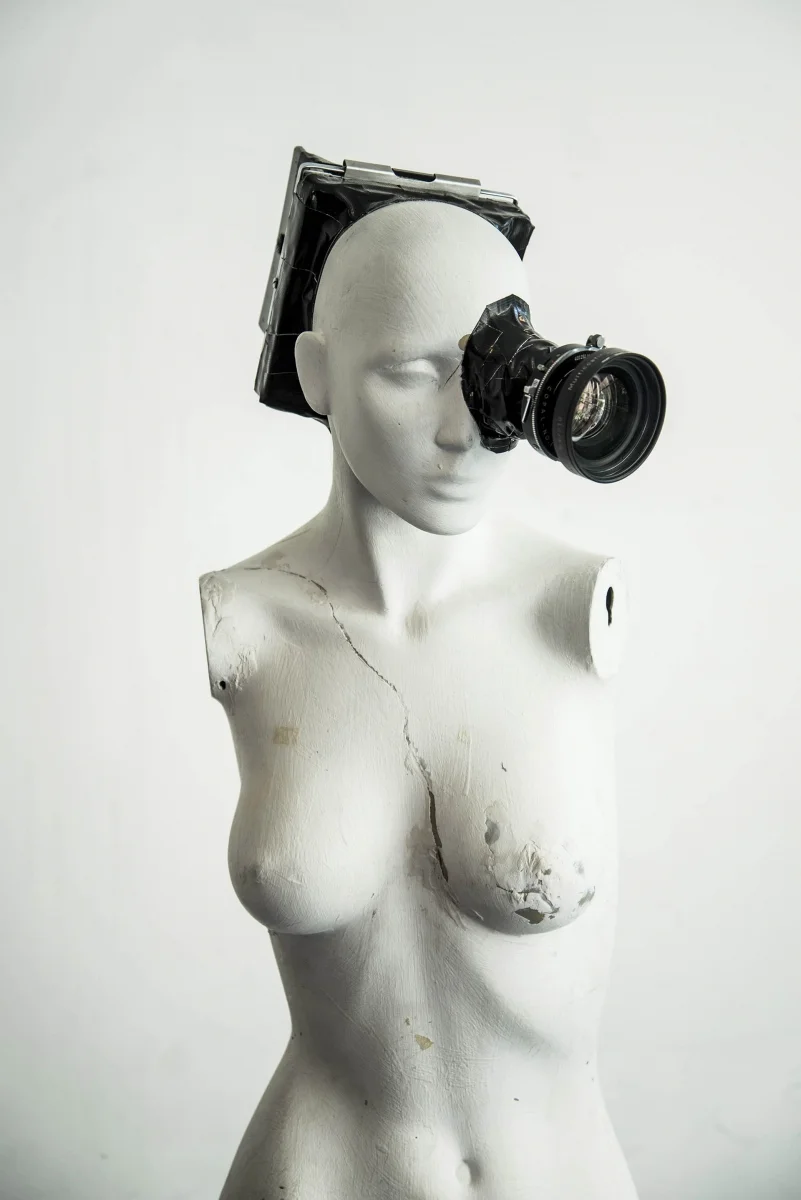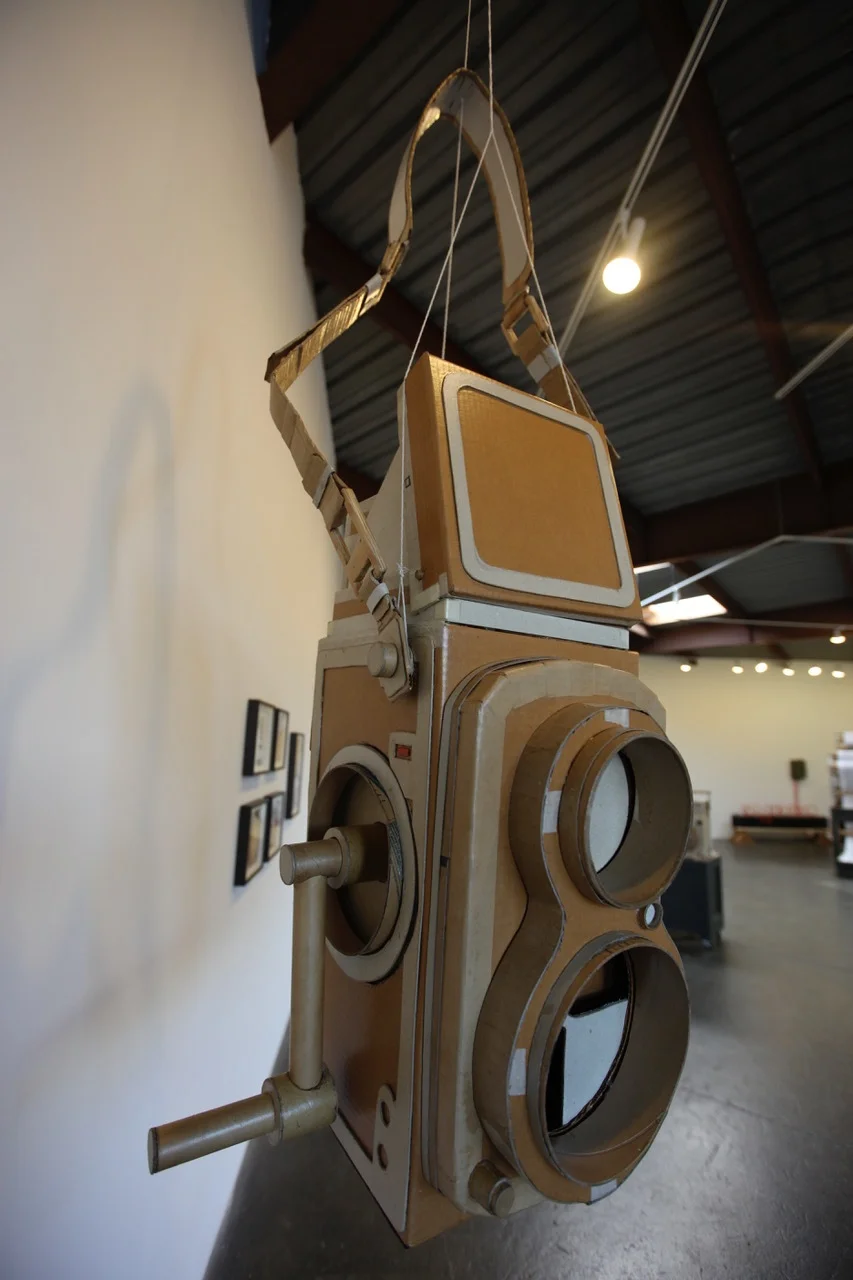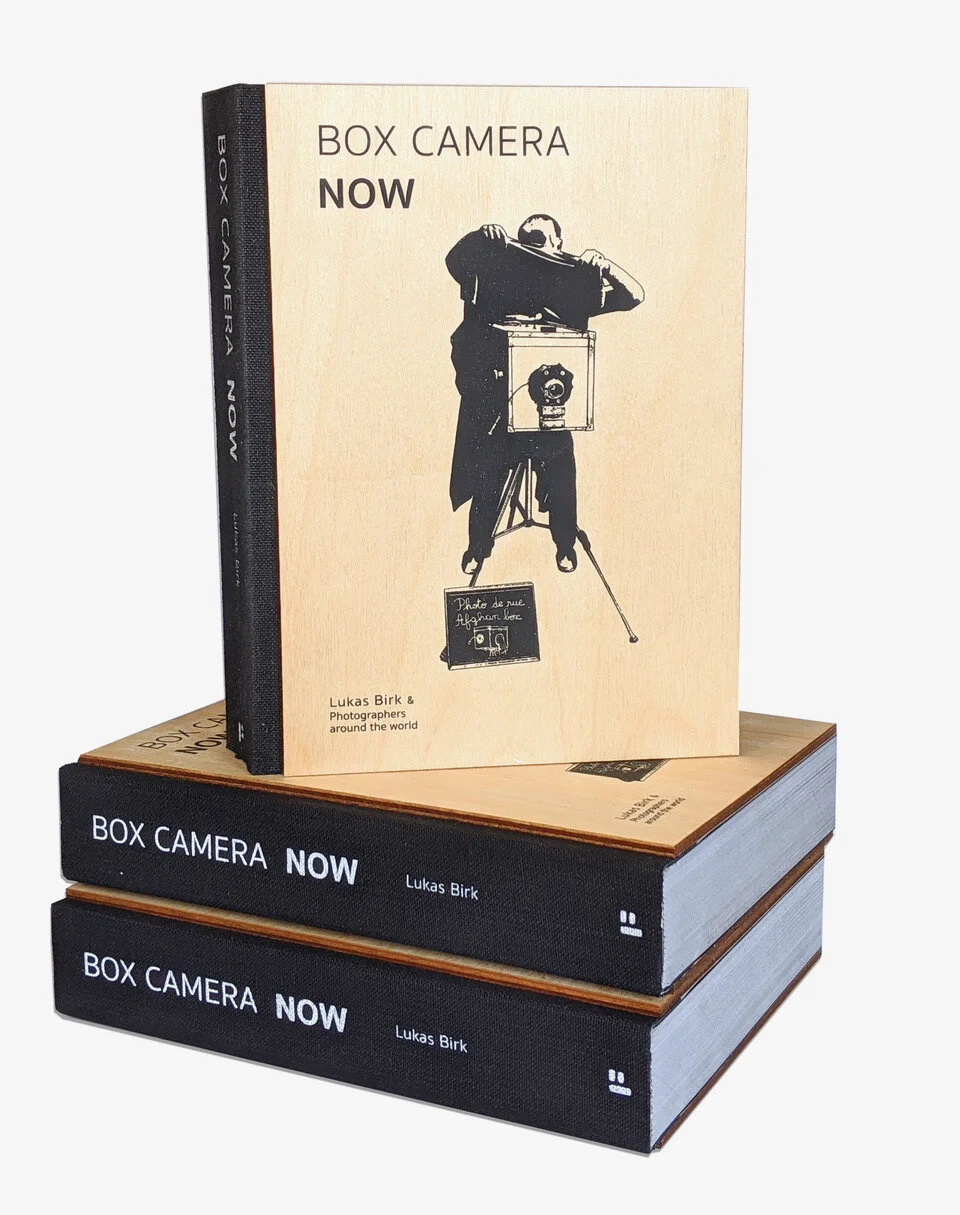Begin reading about Walker Evans, and you will turn few pages before encountering the words “poetry” and “poetic” in relation to his work. The “poetry in everyday life” was Evans’ subject according to Roberta Smith in a New York Times review in 1988; in a catalogue essay for the Metropolitan Museum of Art’s 2000 retrospective, Maria Morris Hambourg describes Evans as the “poet laureate of the documentary style”; and in a 2017 review of the traveling retrospective “Walker Evans,” Anita Katz of the San Francisco Examiner mentions the photographer’s proclivity “for finding poetry in subjects as mundane as a junkyard.” Similar phrases abound in other reviews and essays, often combining “poetry” with “vernacular.”
I cannot help but feel these words’ frequency indict us, as viewers and writers and critics, for failing to renovate a shopworn phrase that has so often described Evans and his photographs. But with the wear comes a truth: it fits. Evans did indeed find poetry in the quotidian, especially if we consider his own words about using “poetry” to describe a photographer he esteemed. In a 1971 interview with Leslie Katz, Evans said:
“Take Atget, whose work I now know very well. (I didn’t know it at all for a while.) In his work you do feel what some people call poetry. I do call it that also, but a better word for it, to me, is, well – when Atget does even a tree root, he transcends that thing.”
Torn posters, pliers, commercial signage, cornices, the view from a commuter train—Evans transcended these things. He owed his skill at it, in part at least, to poetry. It was a debt he readily acknowledged.
Torn Movie Poster, 1931
As a student at Williams College, Evans pored over modernist poets such as T.S. Eliot, Ezra Pound, and E.E. Cummings.[1] They were breaking down the conventional rules of poetry by collaging different languages; mixing registers of diction, from the traditionally poetic to the slang of the American street; and elevating the fragment over the whole. Behind much of this approach was the influence of earlier French Symbolist poets, such as Charles Baudelaire and Jules Laforgue. Evans said in that same interview with Leslie Katz:
“But spiritually, however, it is Baudelaire who is the influence on me. Even though I haven’t really studied Baudelaire very much I consider him the father of modern literature, the whole modern movement, such as it is. Baudelaire influenced me and everybody else too.”
If Evans never studied Baudelaire in depth, he certainly read him closely enough to be marked by him. While living in Paris in 1926 and trying to become the great modernist writer he hoped to be, Evans translated two of Baudelaire’s late prose poems, including “The Double Room.” Both were from the book Paris Spleen, which Baudelaire wrote in the years after the initial publication of his seminal Les Fleurs du Mal. It marked a break from that landmark book, whose forms are decidedly traditional though its themes are not, by being in prose. The prose poem, which eschewed poetry’s traditional rhyme, meter, and verse structures, was a thoroughly modern form that must have appealed to Evans. Prose is prosaic; yet in a poet’s hand, its ordinariness can be transcended.
“Here the soul bathes in laziness flavored with regret and desire — there is something of the fall of days, blueish, roselike; a voluptuousness during an eclipse.
The furnishings are lengthened forms, dejected, weakened. They seem to dream; one would say they were gifted with a somnambulistic life, as is vegetable or mineral matter. The materials speak a mute language, as do flowers and skies and sunsets.”
Baudelaire’s style bears ornament and flourish as Evans’ photographs never would; I am hard-pressed to think of a single Evans photograph whose tone would put me in mind of dreams, or flowers and skies and sunsets. Evans’ visual technique is cooler, more restrained. But he had a knack for reading the “mute language” of furnishings—his many photographs of the interiors of homes, whether on Cape Cod or in the American South, convey the life of the inhabitants despite their absence. Although Evans was not yet photographing seriously when he made this translation, his choice of text seems prescient.
Interior Detail, West Virginia Coal Miner's House 1935
Evans’ absorption of Baudelaire’s language, and the prose poem as a form, may be felt most deliberately in the texts he wrote to accompany his photo essays in Fortune magazine.
“…one fleeting landscape can flush the mind with images of the enchantment a child feels with train trips: waking at dawn to see a cool cornfield cut by a rutted road; a farmer in his wagon drawn up at the crossing; the TING TING TING TING TING TING TING of the warning bell—that heart-rending tinny decrescendo which is an early lesson in relativity of the senses.”
There is such auditory pleasure in the assonance and consonance of “cool cornfield cut by a rutted road,” and visual delight in the concrete poetic typesetting of the “TINGS,” that it is hard to remember this sentence appeared in a bastion of business journalism rather than a literary magazine.
It was a different age in American publishing. At Fortune, Evans had full control of an almost antithetical forum—and so a perfect one—in which to extend Baudelaire’s dream “of the miracle of a poetic prose, musical, without meter and without rhyme, supple enough and rugged enough to adapt itself to the lyrical impulses of the soul, the undulations of reverie, the jibes of conscience.” Evans did it by exploring the margins of American culture—vanishing signage, peeling building façades, urban demolition—and found many a “sand-lot Tintern Abbey” as he wrote in “The Wreckers.” (Fortune, May 1951). The detached and documentary photographs of these places are heightened through their contrast with Evans’ prose, which is often dense, and filled with black humor and irony:
“Sinister though they look in passing, the downright nightmarish looks of these boneyards may not be noticeable from a distance … Agonized travesties of what was once grandeur, they gasp on their sides, or stack crazily on high, looking like the aftereffect of some timeless carnage.”
The subject of this extraordinary description by Evans is an auto graveyard, where old cars go to become scrap. (“The Auto Graveyard,” Fortune, April 1962) In the macabre tone one can feel the echo of Baudelaire, whose poems were often riddled with “spleen;” in the nineteenth century, the organ stood in for melancholy and darkness and disgust at the world. (It’s also worth noting that Baudelaire adored Edgar Allan Poe, and translated him extensively—the influence is strong). Present in this text, too, though, is Evans’ wit, making a show of directing attention at the overlooked. One of the captions beneath a photo of a rusted car in a field reads, “A former Connecticut meadow of great charm.”
Baudelaire’s poetry infused Evans’s prose, but it also helped determine his approach to the camera. For Baudelaire was the poet of the Paris streets; he embodied the flâneur who walked the city taking it all in: traffic, booksellers, beggars, rag pickers, drunks, smokestacks, chimneys, steeples. His poems level these subjects with traditional ones such as Greek classicism and myth. It was that democratic eye that appealed to Evans. While he was not to become a street photographer in the manner of Henri Cartier-Bresson, Evans was eminently alive to the possibilities of the urban environment, its forced interrelations between high and low, its fringes. The opening stanza of Baudelaire’s “The Little Old Women” could have been written by Evans:
In murky corners of old cities where
everything – horror too – is magical,
I study, servile to my moods, the odd
and charming refuse of humanity.
The irony of Baudelaire’s influence on Evans was his outspoken scorn for photography. In his Salon of 1859, he argued that photography, through its faithful reproduction of Nature, was in danger of ruining painting and art.[2] And he abhorred photography’s appeal to the masses. But Evans was one of the many 20th-century photographers to prove Baudelaire’s fears unfounded by applying the poet’s approach to the camera.
Although Evans cited Baudelaire as a key influence, there were many other writers from whom he learned how to be an artist. He spoke of Gustave Flaubert as having a direct effect on his objective approach to photography, and one of his first publications in an American magazine was a translated excerpt of the poet Blaise Cendrars’ novel, “Moravagine.” In 1930, three photographs Evans made of the Brooklyn Bridge appeared in the first edition of Hart Crane’s epic poem, “The Bridge;” he and Crane were friends and neighbors.
For Evans, literature was inseparable from photography. It provided him with his aesthetic and artistic education, so it’s no wonder that in 1964 he borrowed “lyric” from poetry to describe his approach to photography: “lyric documentary.” Evans also literally read through the camera—he made numerous pictures of signs throughout his career. In his late years he turned to photographing their letterforms up close with a Polaroid SX-70, a device that in its rapid film development, functioned in his hands like a pen. I love these late pictures, for here are no documents, but language as a material, pure color and form.
Detail of Sign: "IN", 1974
Detail of Sign: "ARK", 1973-74
Detail of Sign: "EN", Martha's Vineyard, Massachusetts, 1974
Detail of Sign Lettering: "RT", 1974
Andrew Seguin is a poet and photographer in New York City. He is the author of a full-length poetry collection, The Room In Which I Work (Omnidawn, 2017), and two chapbooks: Black Anecdote (Poetry Society of America, 2010) and NN (Tammy, 2016). Andrew’s poems have appeared widely in literary magazines, including in Boston Review, CROWD, Denver Quarterly, Guernica, Gulf Coast, LIT, and Iowa Review, and he has contributed to the New York Botanical Garden’s Literary Audio Tour. His work has been supported by the United States Fulbright Program, Poets House, and the Pennsylvania Humanities Council.
[1] See Maria Morris Hambourg’s essay, “A Portrait of the Artist,” for a full accounting of Evans’s literary education.
[2] Baudelaire’s Salon of 1859 was first published in the Révue Française, Paris, June 10-July 20, 1859.





































